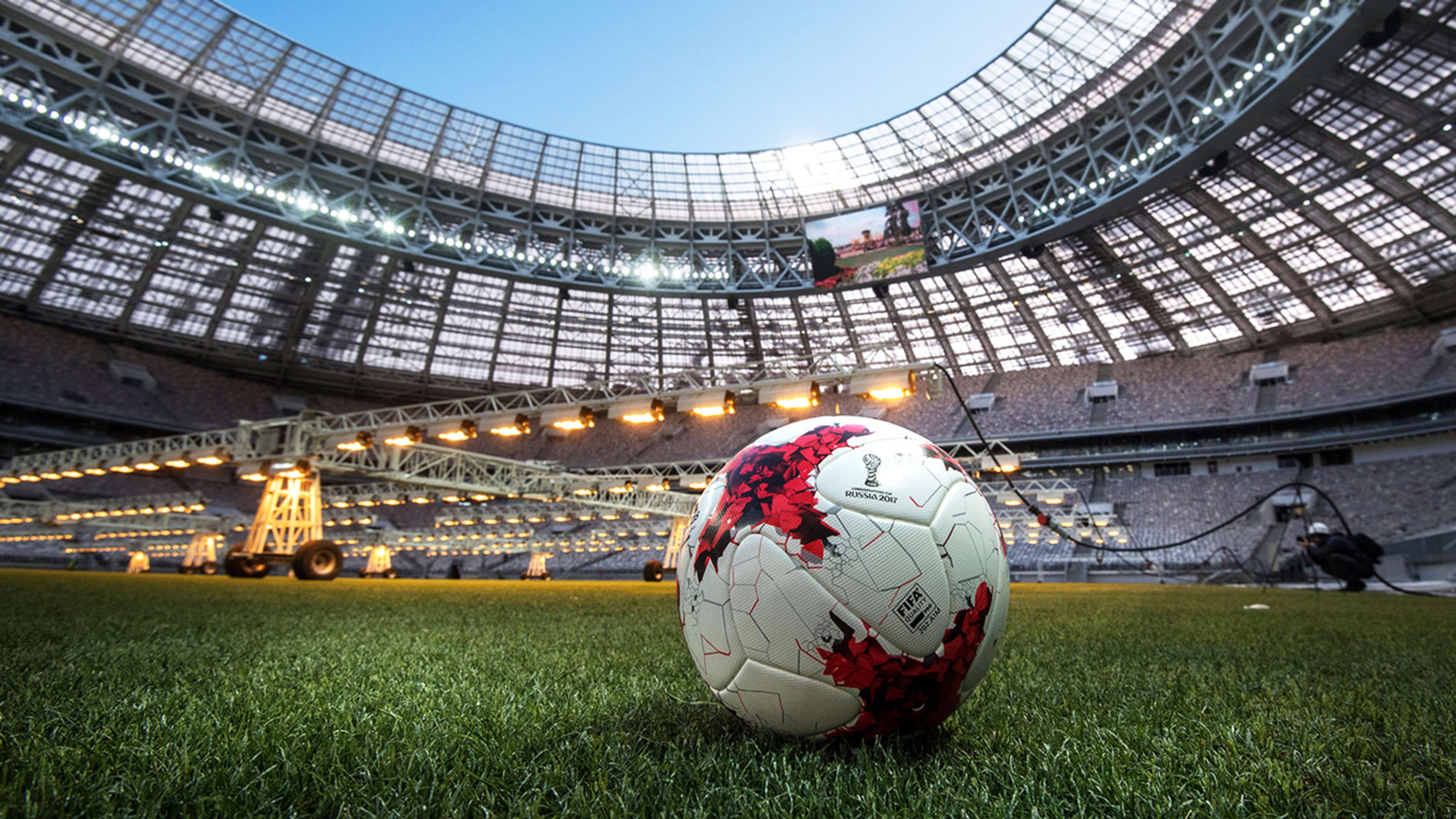During the 2014 World Cup in Brazil, arguably the biggest moment for any brand on Twitter came when Uruguay’s Luis Suarez bit–yes, with his teeth–Italy’s Giorgio Chiellini during a Uruguay win over Italy. It was a wild, weird sports moment that somehow embodied Snickers’s long-running “You’re not you when you’re hungry” campaign.
Hey @luis16suarez. Next time you're hungry just grab a Snickers. #worldcup #luissuarez #EatASNICKERS pic.twitter.com/3RAO537HjW
— SNICKERS (@SNICKERS) June 24, 2014
Despite not being an official sponsor, or a brand typically associated with soccer, Snickers was able to take advantage of a perfect situation (not, obviously, for Chiellini) and become one of the tournament’s big brand winners. But Twitter’s head of global brand strategy, Alex Josephson, warns against any marketer waiting for their own perfect World Cup moment.
“Some brands can serendipitously react to a moment in real-time and get a bunch of earned media, but the reality is you can’t allow that to be your strategy,” says Josephson. “You need to know why you’re investing money and time into the World Cup as a brand. What are you trying to achieve? What we’re trying to work with brands on is figuring out what their consumers are expecting.”
Brands in many instances need not only be associated with content but create it as well. Part of that is knowing what you can control, what you can’t, and where you can get inventive between the two.
“There are things you know will happen, you just don’t know when,” says Josephson. “There will be an amazing goal. There will be a controversial goal. There will be a red card. There will be an upset. So mapping out now, where you as a brand have a right to play within these situations, is important because when the moment comes, you have the opportunity to shine and stand out.”
One example, from long before any of the teams started packing for Russia, is how Corona created content for the World Cup draw back in December. To launch its overall World Cup campaign, the brand live-streamed a talk show on Twitter aimed at Mexican fans in which commentators reacted to the draw.
@CaroAlejandra97 En Rusia #LaSuerteNoJuega. Juega el esfuerzo y el coraje. ¡El amor por la camiseta!
Juega México pic.twitter.com/59Zk1u65Bb— Corona Futbol (@Corona_Futbol) December 3, 2017
“They were the most talked about brand around the world during that World Cup draw,” says Josephson. “Over the day of the draw and after, people were tweeting about Corona and their campaign at a rate of about a mention every other second for 48 hours straight. That’s a spike that was produced by the brand, on the back of what was already happening around the draw. But they were able to tap into that organic groundswell.”
The social media landscape, compared to the last World Cup in 2014, is a different world. According to Twitter, the number of soccer videos shared on Twitter is up 140%, year over year. Back in 2014, Twitter only had a native video platform for about six months, and brands weren’t very active yet, still thinking of Twitter as a text and image-based platform. Now there are more than a billion video views of content published by brands on Twitter every day, double what it was last year.
Forget a Snickers moment during a game. For Josephson, the smart play is strategy over serendipity. One thing Josephson anticipates is more brands playing amid fan behavior of using Twitter as their second screen and getting creative with synchronization. “Look at Tide’s work during the Super Bowl as a prime example of that, and what we’re likely to see more of during the World Cup,” he says.
Is every ad a Tide ad?
If it’s clean, It’s a #TideAd #SB52 #SBLII pic.twitter.com/6xbkCGeZ0c— Tide (@tide) February 5, 2018
Twitter has seen a 17% increase in brand-related conversation around soccer, so the competition for all of our attention has never been more crowded.
“Years ago, everyone would be waiting for or looking to that in-game moment, but the reality is seven out of 10 fans say they’ll be using Twitter before and after matches,” says Josephson. “There’s this generalization that if you don’t capitalize on that war room moment during the game, you’ve lost out. But the reality is the biggest opportunities will likely be leading up to and after the games.”
Recognize your brand’s excellence by applying to this year’s Brands That Matter Awards before the early-rate deadline, May 3.
